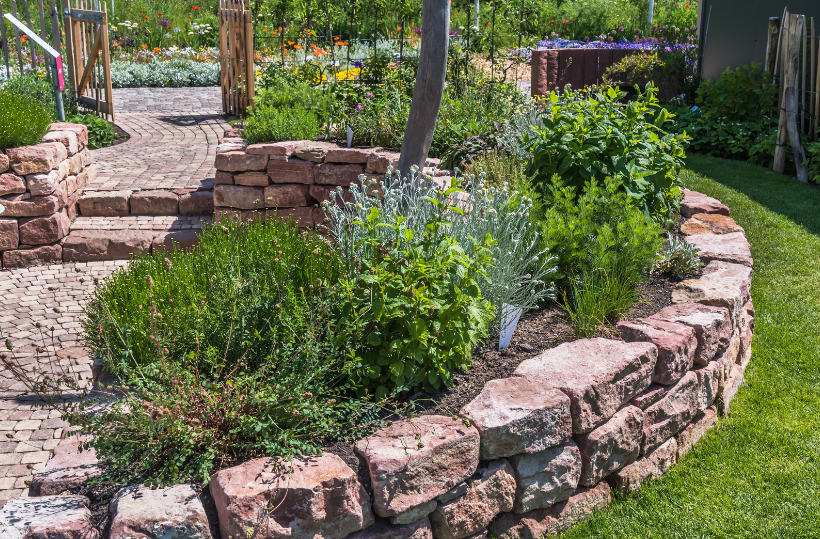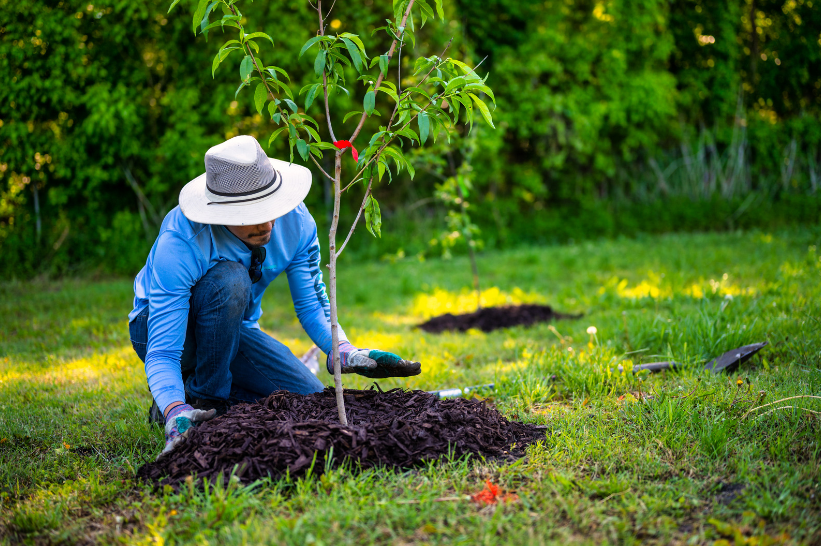What Landscaping Can You Do In The Winter?
What Landscaping Can You Do In The Winter?
Winter is a great time to do some landscaping projects around your home. While many people think that landscaping is only for the spring and summer, there are actually a lot of things you can do in the winter to improve your yard. In this blog post, we will discuss what landscaping projects you can do in the winter, as well as what supplies you will need to complete them. Let's get started!
Clear Away Dead Leaves
One of the first things you can do in the winter is to clear away any dead leaves or debris that has accumulated on your property over the fall. This will help keep your yard looking neat and tidy. It will also prevent any pests from using the debris as a hiding place. You can use a rake or a leaf blower to remove the leaves, and then you can either compost them or put them in your garbage bin.
Types of Plants for Landscaping in Winter
Once you have cleared away the debris, you can start thinking about what plants you would like to add to your landscaping. If you live in an area with a lot of snowfall, you might want to consider adding some evergreen trees or shrubs to your yard. These will provide some color and interest during the winter months, and they will also help to block out the snow. If you live in an area with less snowfall, you can still add some winter-flowering plants to your landscaping. These will provide some color and interest during the otherwise drab winter months.
Adding Features to Your Garden
After you have added some plants to your landscaping, you can start thinking about what other features you would like to add. For example, if you have a pond on your property, you might want to consider adding a water feature such as a waterfall or fountain. This will not only look beautiful, but it will also help to keep the water from freezing over. If you do not have a pond, you can still add a water feature by installing a birdbath. This will provide a place for the birds to drink and bathe, and it will also add some visual interest to your yard.
Mulching in Winter Months!
One final tip: don't forget to mulch! Mulching helps protect your plants from the cold weather and also helps to keep them healthy. You can buy mulch at most garden centers or home improvement stores. Just be sure to spread it around your plants evenly and give them a good amount of it. With a little bit of effort, you can have a beautiful landscape that will last all winter long!
As you can see, there are a lot of things you can do to improve your landscaping in the winter. By following these tips, you can create a beautiful winter landscape that you can enjoy all season long. So what are you waiting for? Get out there and start landscaping!
If you have any questions about winter landscaping, or if you would like to learn more about landscaping and
garden maintenance services, please contact
Dartmouth Landscaping at
(902) 702-3092. We would be happy to help you create the perfect winter landscape for your home.
You might also like





